According to the Federal Reserve, consumer debt approached a record $17.50 trillion at the end of Q4 2023, which is a 65% increase over the last 10 years (Q4 2013 we were at $11.52 trillion). This increase in debt is significantly outpacing the rate at which wages have been increased over that same period.
So, what does this mean for healthcare administrators?
Simply put, we’re finding ourselves in a scenario where one of our primary payers, the patients, are faced with a monthly dilemma of which debt to prioritize with their dwindling, discretionary resources.
Consumers now average between 13-15 bills per month and, unfortunately, medical debt tends be low priority compared to bills that:
-
Fulfill day-to-day and month-to-month physiological and safety needs, such as mortgage, rent, groceries and utilities.
-
Carry late fees or penalties, such as car repossession or credit card interest.
-
Effect standard of living and entertainment, such as cell phone and cable bills.
What can healthcare administrators do to compete against the increasing number of bills competing for consumer attention each month?
The answer is to engage. Engage early and engage often. Simply sending out bills doesn’t cut it these days. We must learn how to stay ahead of patient trends and behaviors as the world is continuously changing.
Let’s remember – patients are consumers who are inundated with various forms of messages on a daily basis. So, to break through the noise, it is important to be creative in the ways that you choose to engage with your patients and grasp their attention.
As you continue to read more about what exactly we mean by finding “creative” ways to engage, we will provide just a few proven strategies that we employ when engaging with patients:
1. Engage From a Place of Empathy to Provide Helpful Understanding
A survey conducted by Kaiser Family Foundation (KFF), showed that 68% of patients with medical debt hadn’t paid because they were expecting their insurance to cover it, while another 44% didn’t pay because they weren’t confident it was accurate. At HCM we train our staff to go into each patient interaction with the assumption that there is some confusion around insurance coverage and/or what they’re being charged. Our primary focus is to improve each patient’s understanding of their bill(s), as opposed to collections, but the former usually leads to the latter. A voice of empathy goes a long way, not just in terms of revenue capture, but also with patient retention.
2. Utilize Payment Options as Supportive Engagement Outreach
Another positive way to engage with patients around their bills is to communicate financial options available to them. We’ve been able to demonstrate positive momentum for several clients with reduction in the percent of patients going to bad debt, along with increased revenue collection, through propensity-to- pay based payment plans.
Billing due dates are another payment option to consider discussing with your patients. Per a report by the Bureau of Consumer Financial Protection, 50% of individuals surveyed claimed they hadn’t paid a bill because it was due before they were paid. Another 40% said that “the way I get paid doesn’t line up with paying bills.” Something this simple could have a profound effect on your revenue performance. Is anyone having discussions with your patients around due dates?
3. Digital Engagement Can Enhance Traditional Communication Channels
As was stated earlier, patients are faced with more monthly bills today than 10 years ago. It’s a competition for consumer attention as people are more likely to pay bills that are top of mind. Many of the other companies your patients are indebted to are realizing the effectiveness of SMS campaigns and adopting said methods. Here are a few eye-opening stats as to why:
- 60% of consumers read texts within 5 minutes
- SMS has a 98% open rate compared to email
- 66% of Americans check their phones at least 160 times per day
But most providers limit their billing and outreach follow-up to mailed paper billing and maybe a single call. Clients that stack our SMS campaigns along with the typical streams of communications, see an exponential performance boost on revenue collection. It’s very much worth taking the time to offer patients text enrollment.
Billing due dates are another payment option to consider discussing with your patients. Per a report by the Bureau of Consumer Financial Protection, 50% of individuals surveyed claimed they hadn’t paid a bill because it was due before they were paid. Another 40% said that “the way I get paid doesn’t line up with paying bills.” Something this simple could have a profound effect on your revenue performance. Is anyone having discussions with your patients around due dates?
Revenue cycle teams need to be as assertive with the effort and strategy placed on patient balance billing. If your organization is taking a minimalist approach, either due to lack of resources or uncertainty of tacts, then you’re sure to continue to write-off a large chunk of revenue.
If you’re in need of support for any of these reasons, HCM can help with patient engagement in multiple ways, whether it is a full out-source, task specific support or simply best practice discussion. We can bridge the gap between current and optimized patient collection performance.



